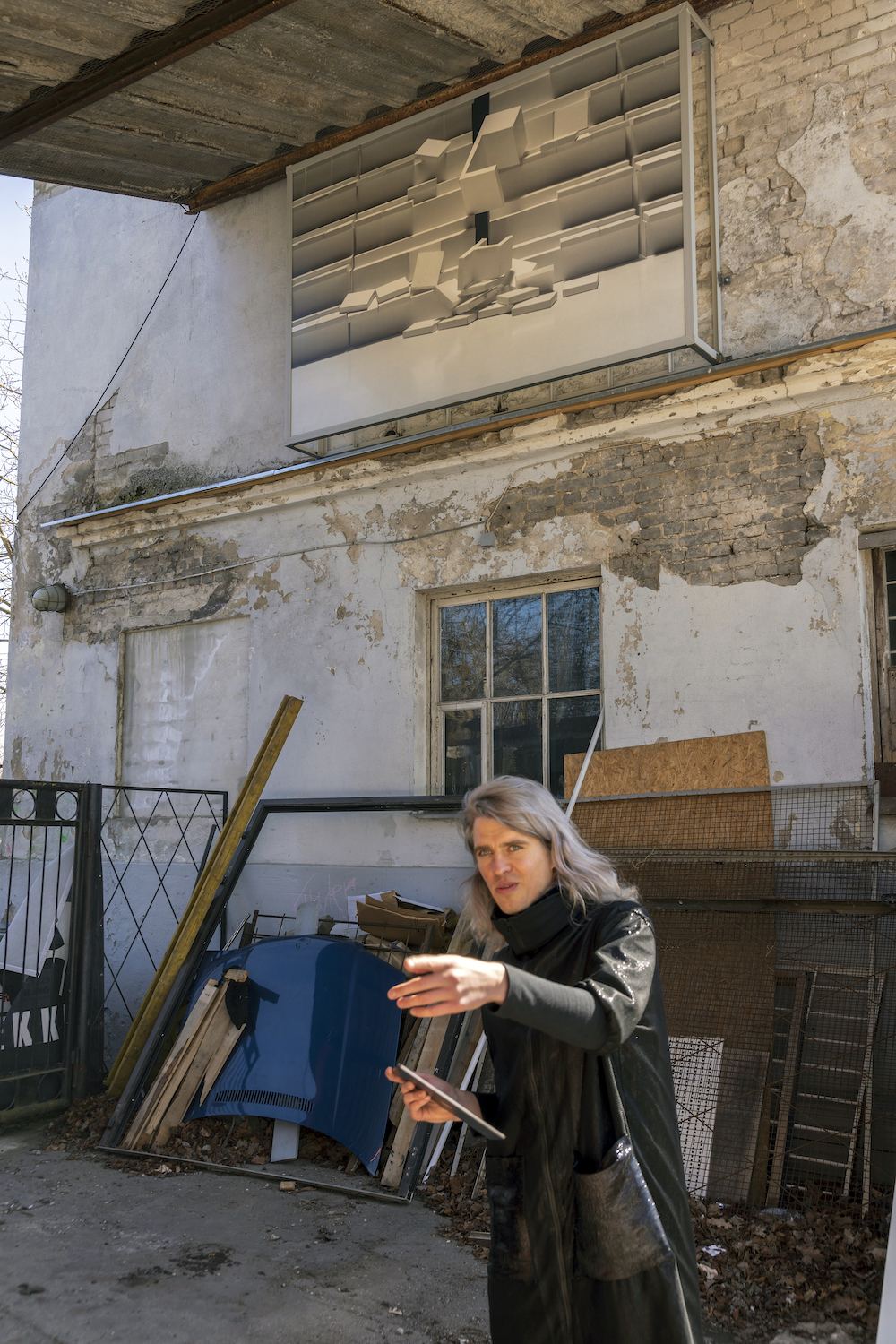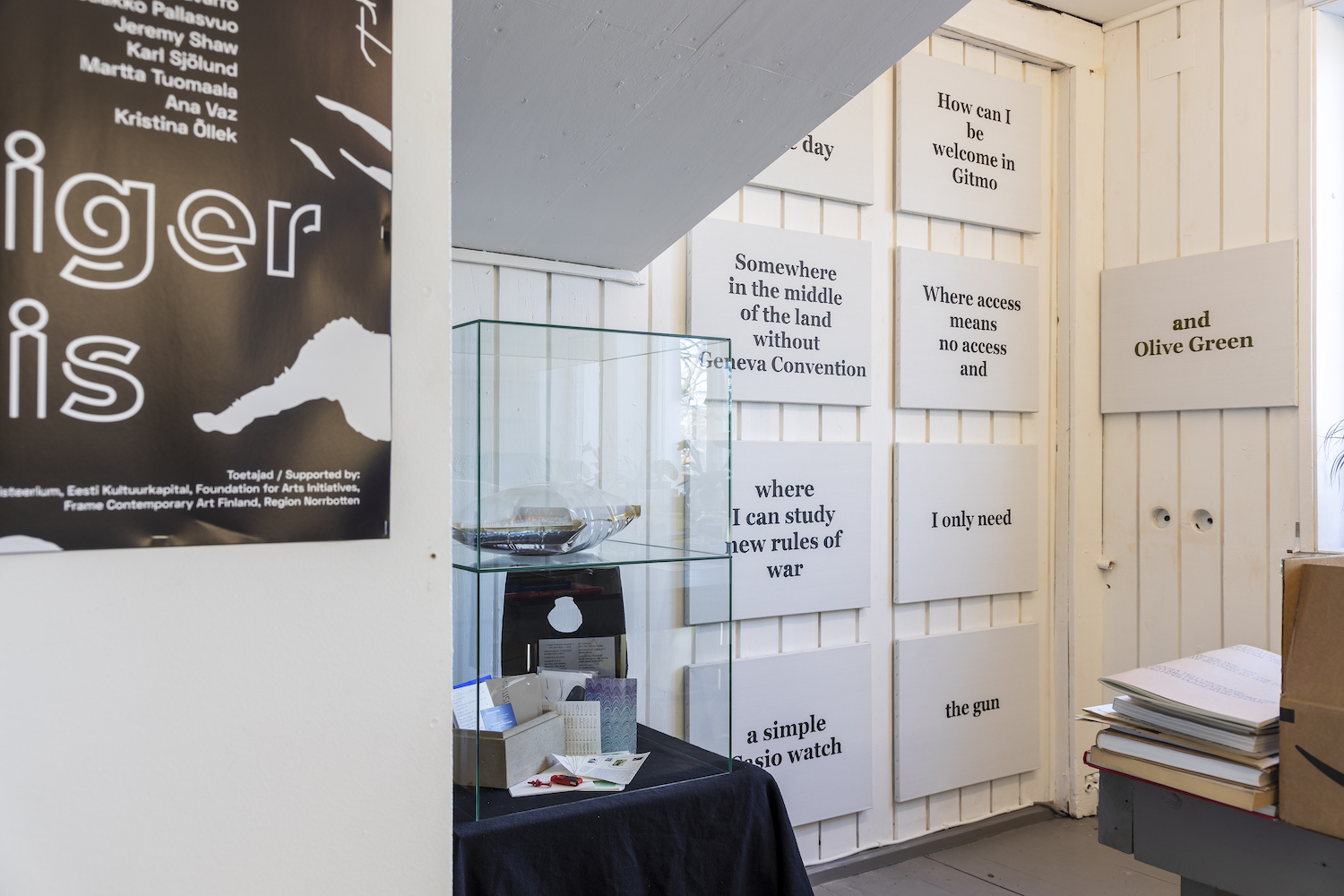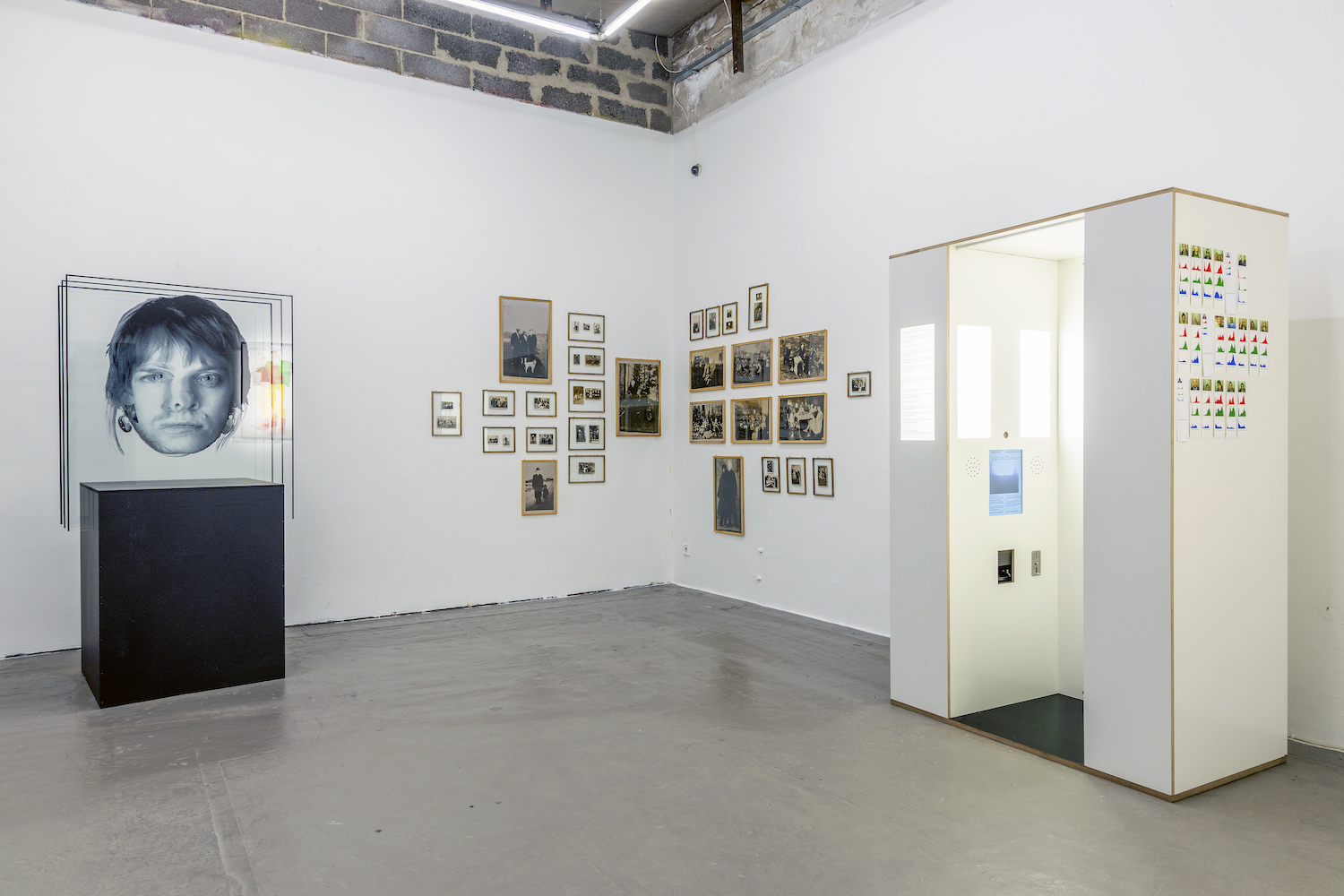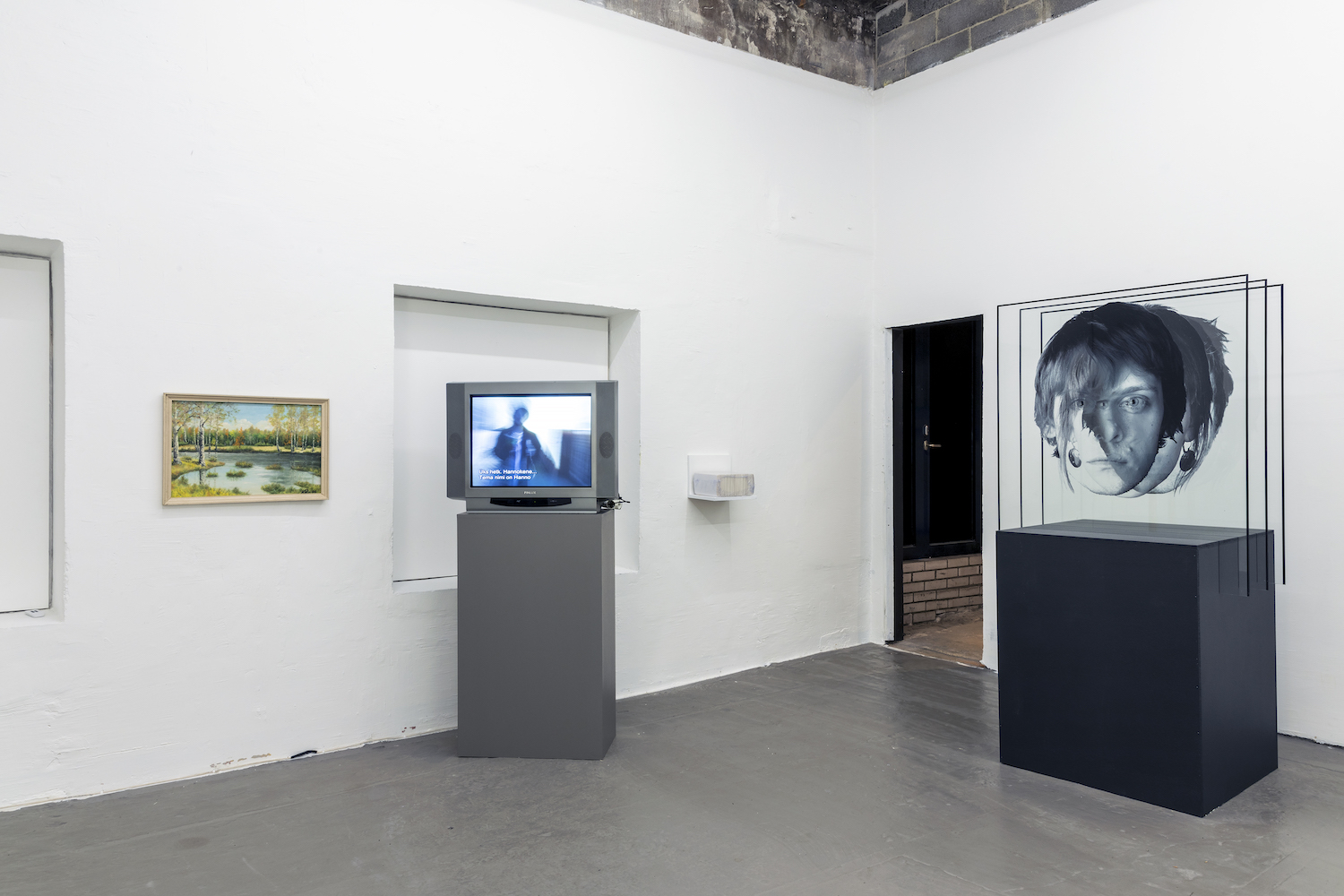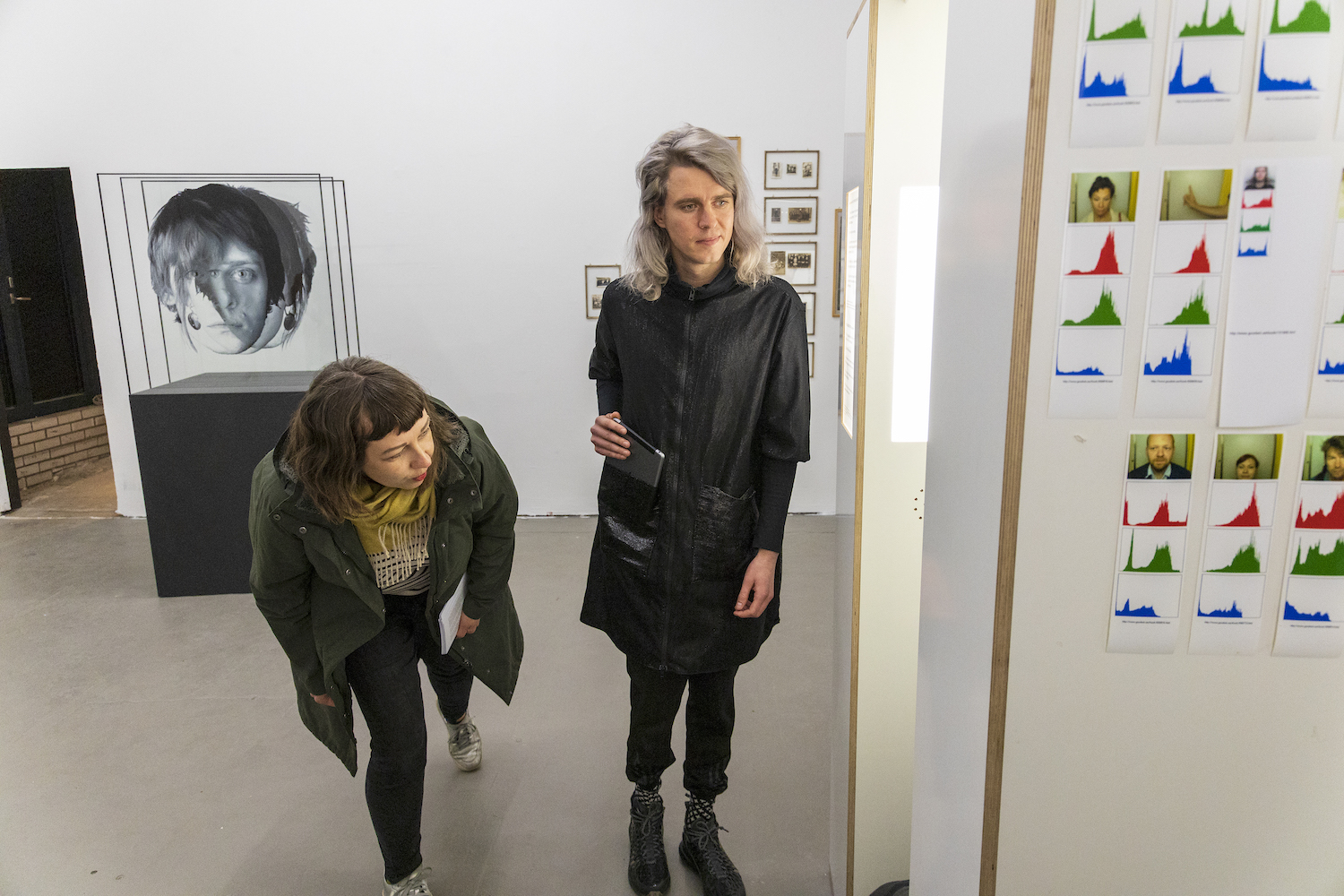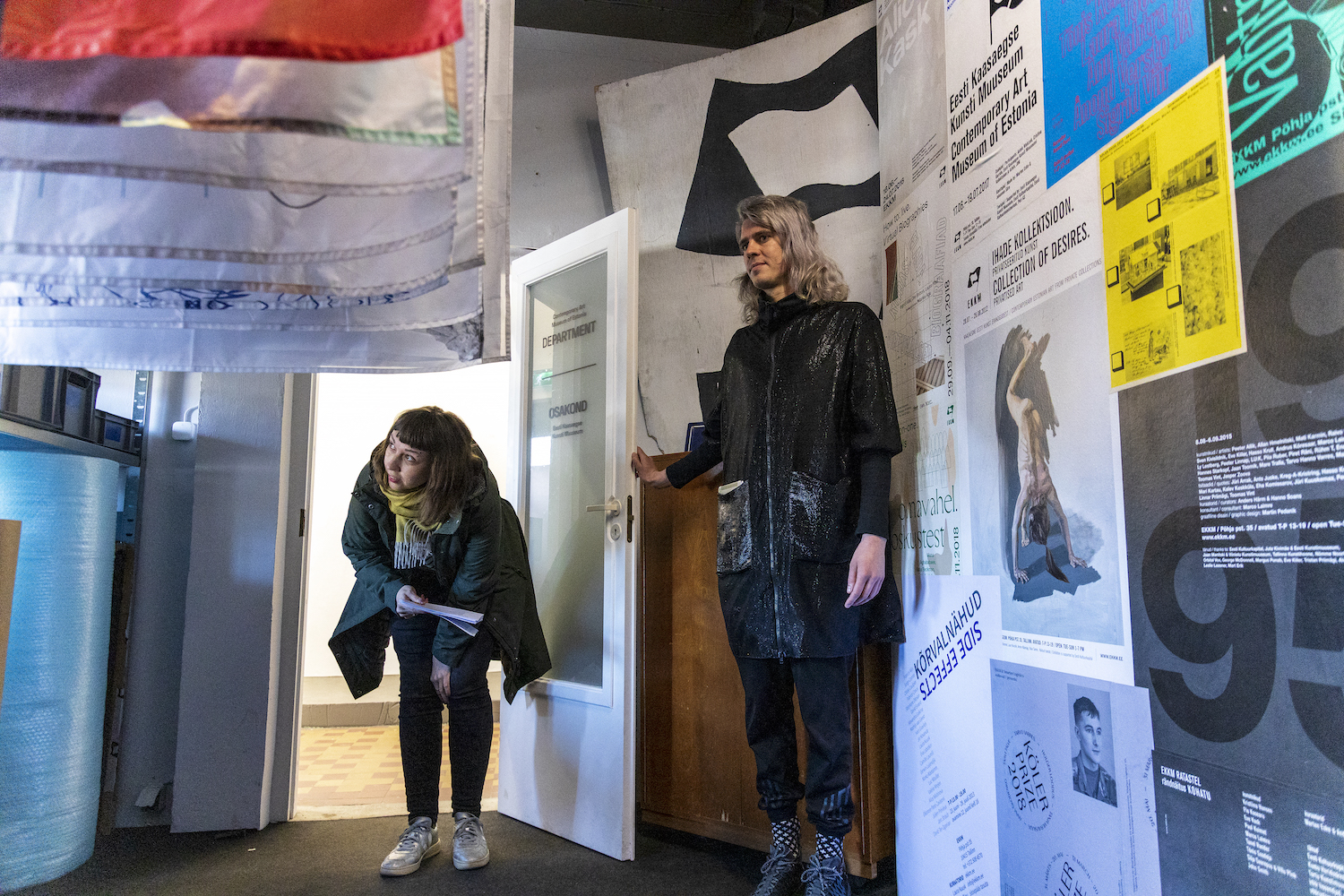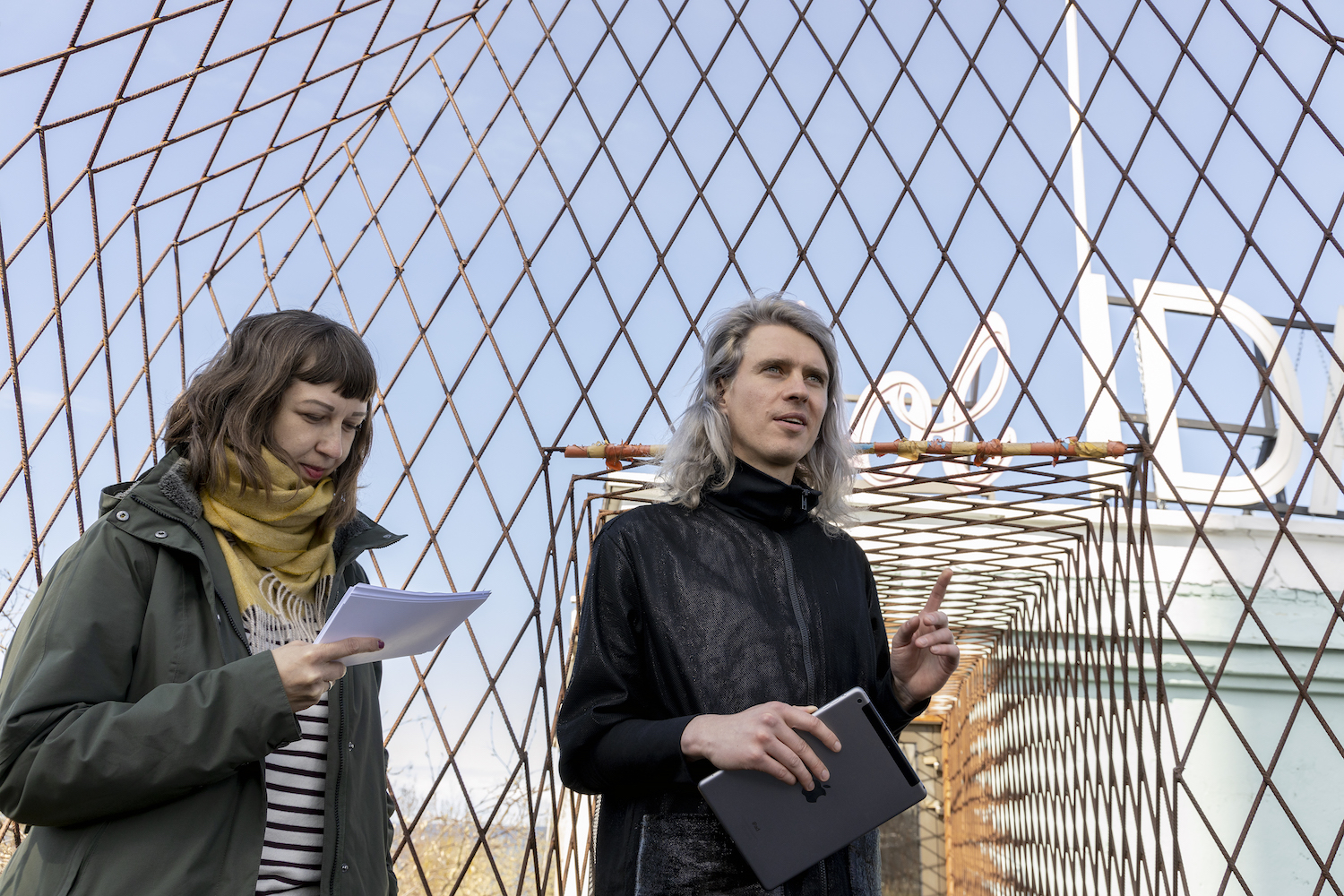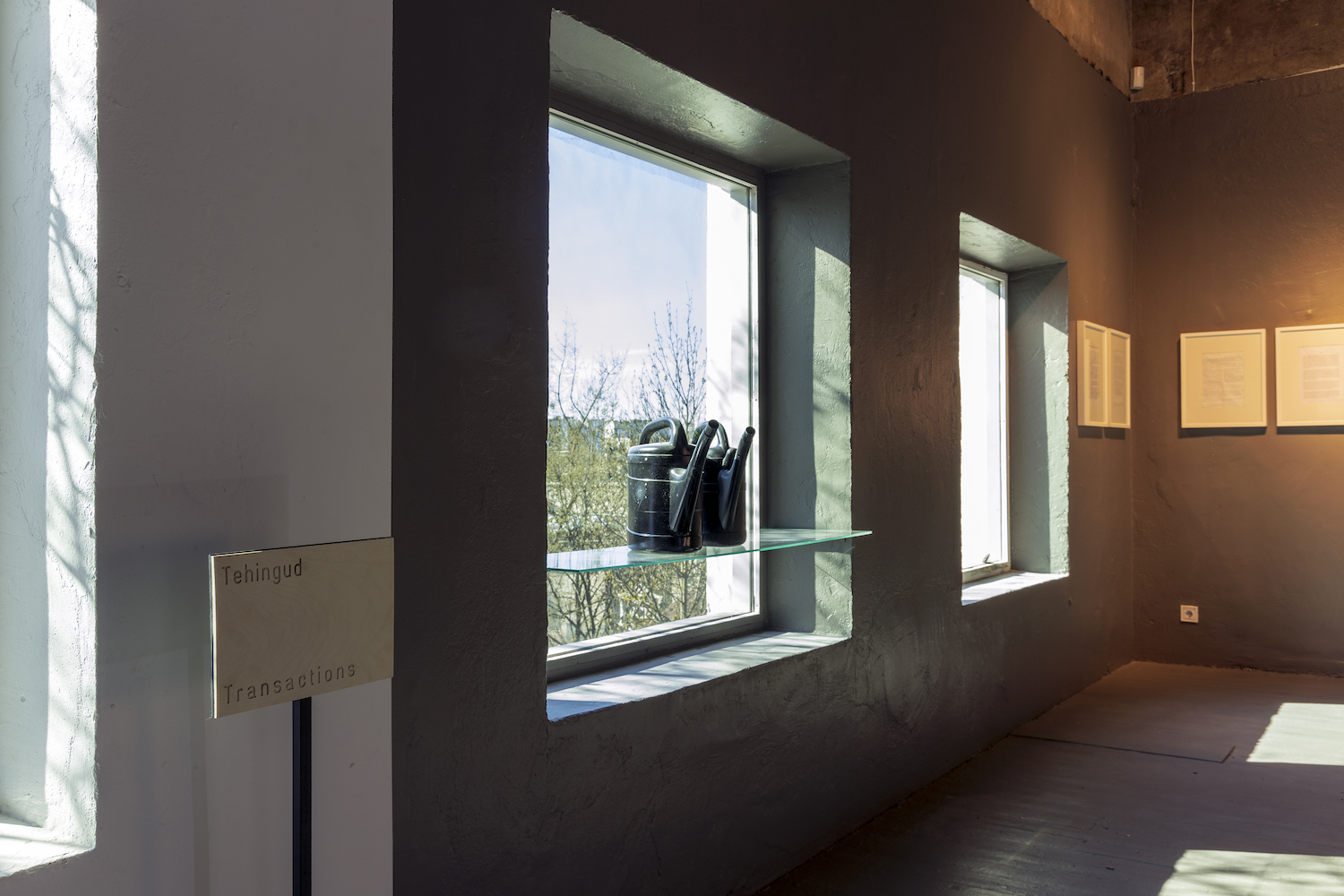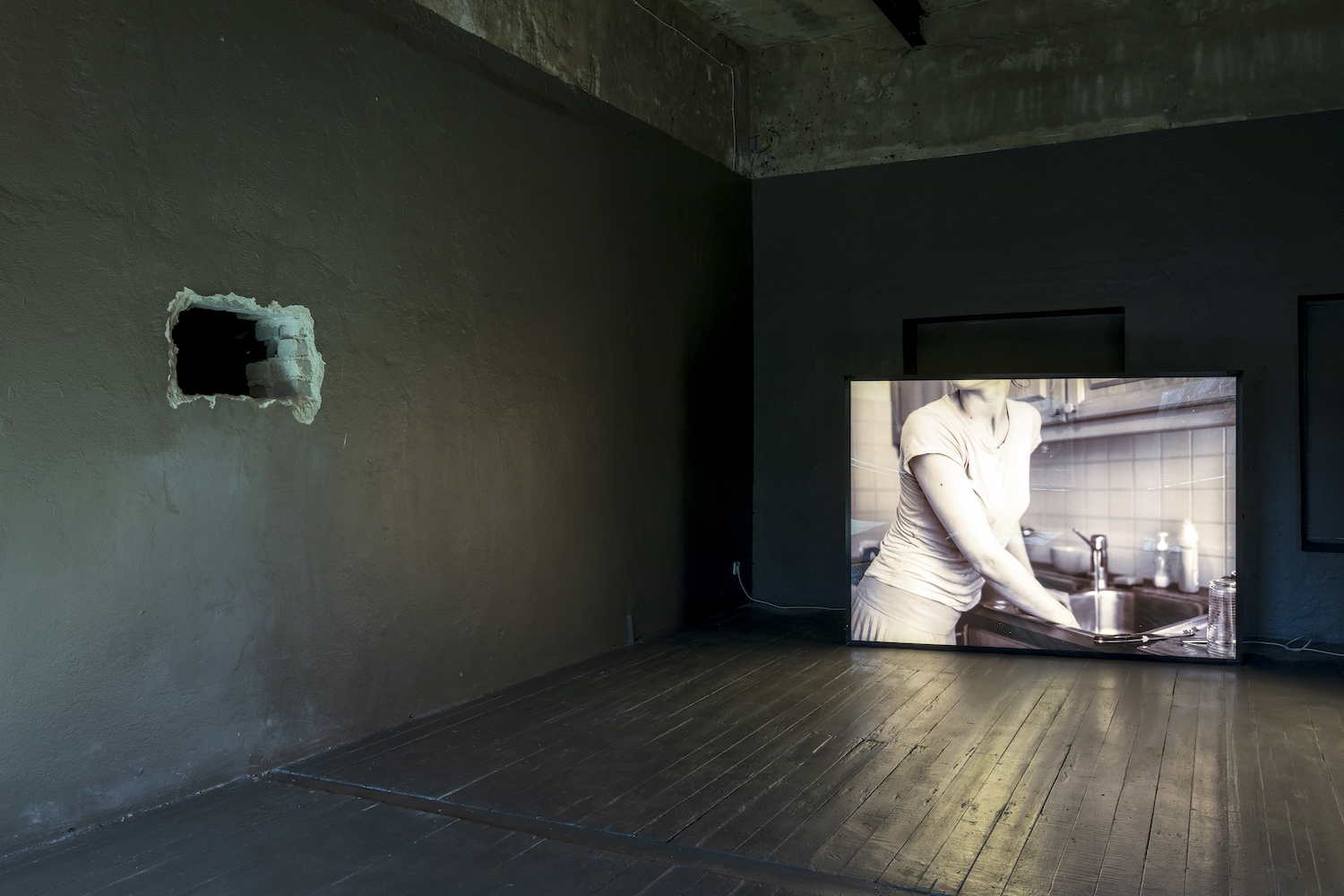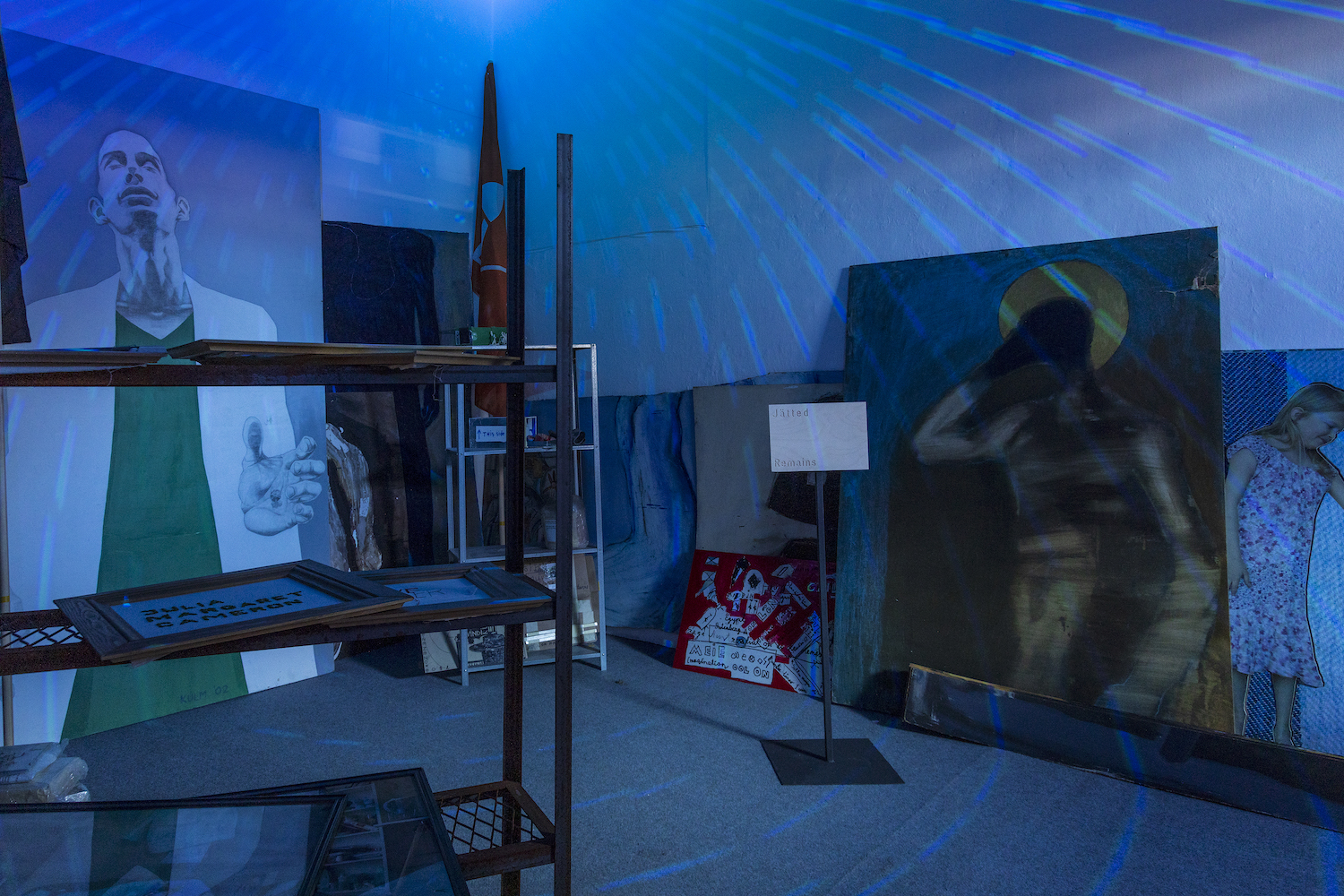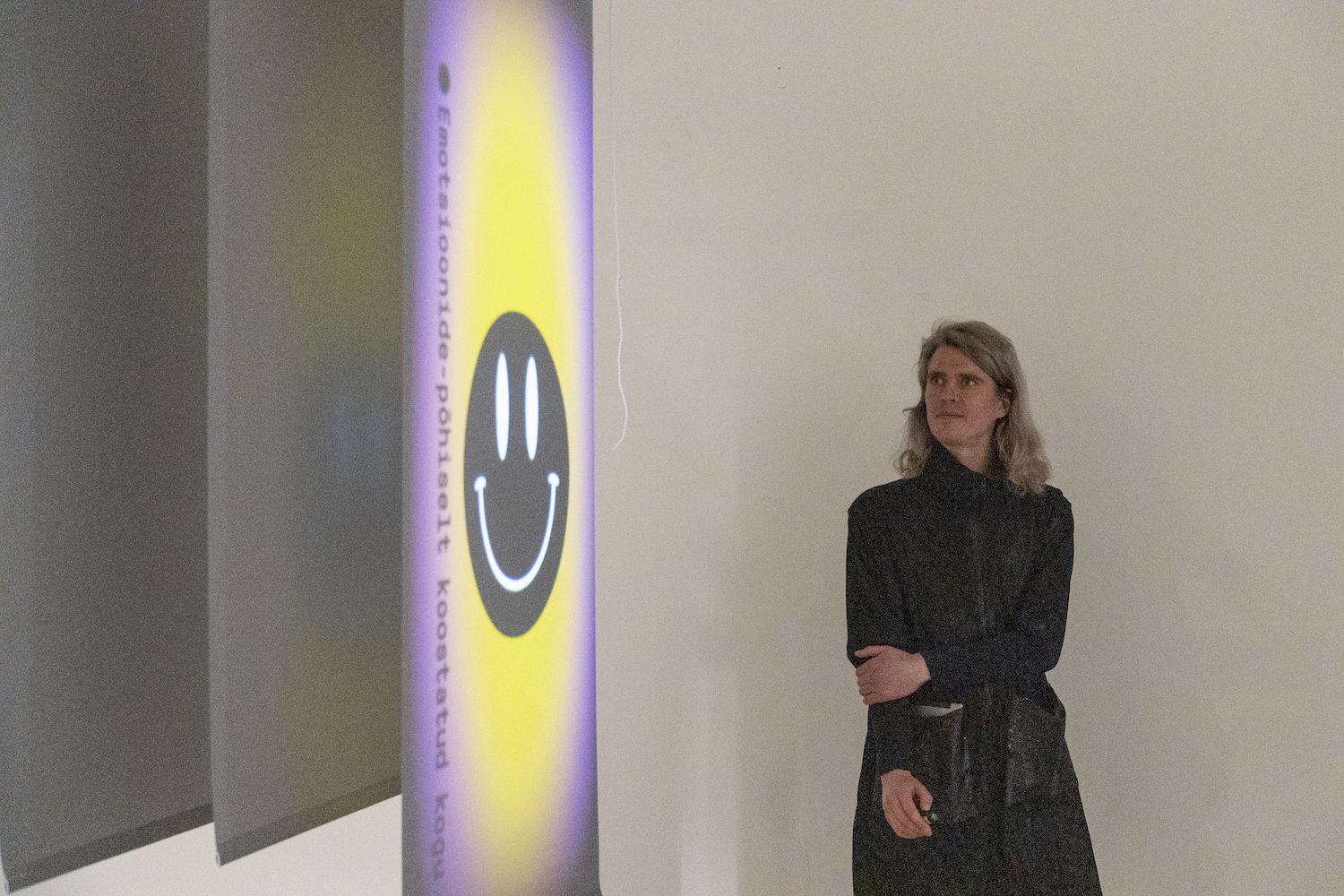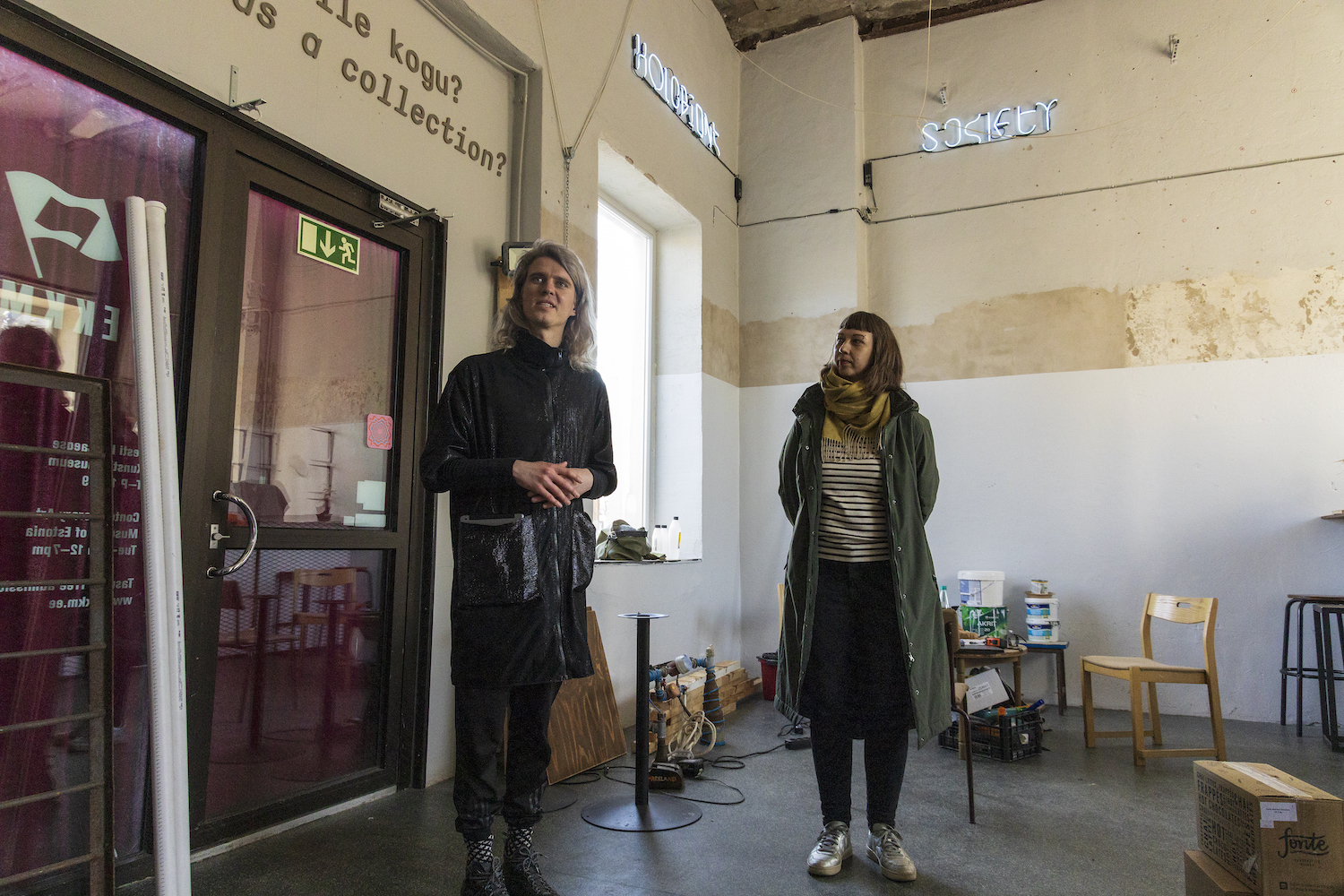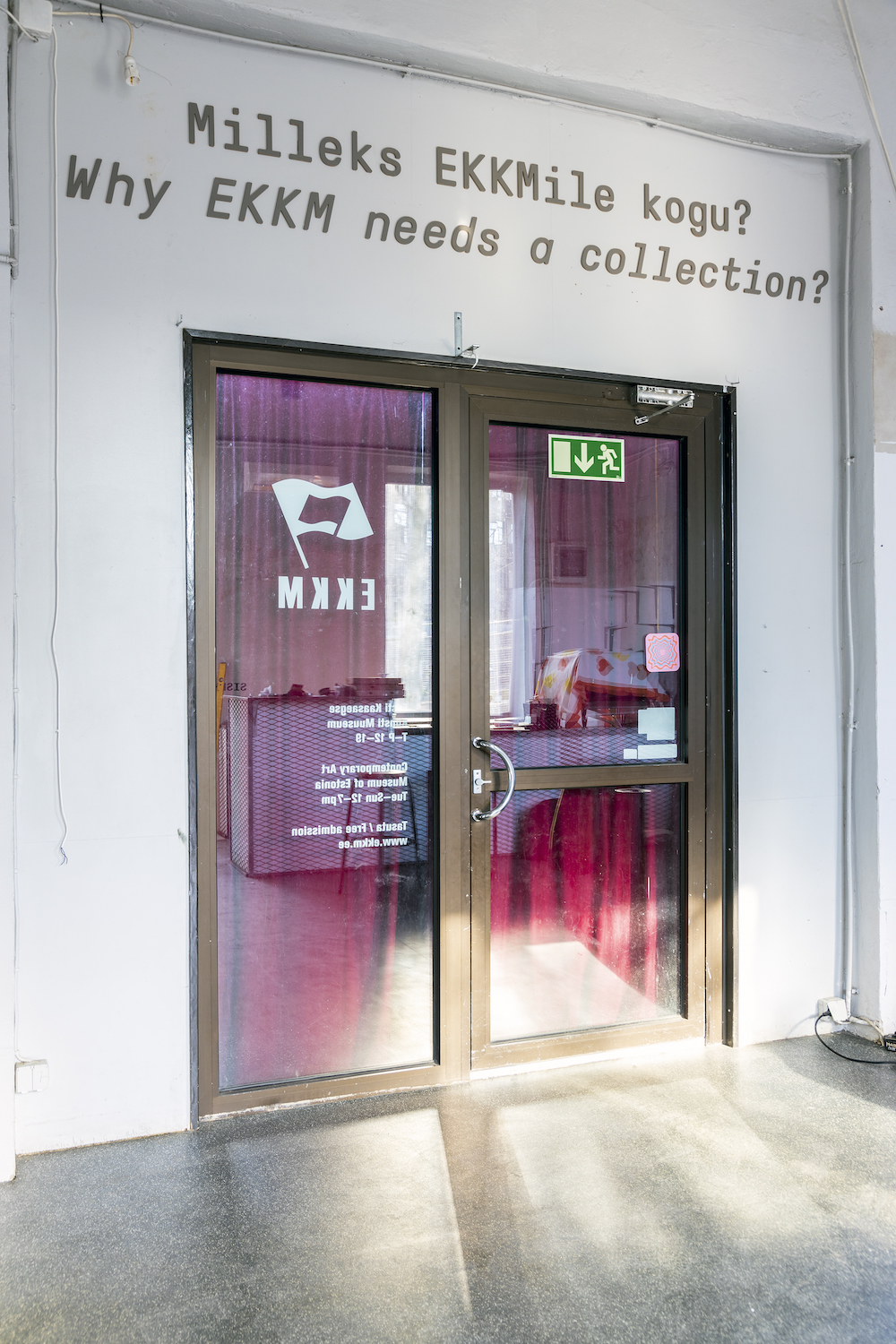Kuraatorid
The opening project of the 2021 season, A rescripted visit to EKKM’s collections turns the exhibition space into a series of art storage spaces and invites visitors to take part in guided tours, conducted by the production platform RESKRIPT (Maarin Mürk and Henri Hütt). Invited by EKKM, Reskript has taken stock of EKKM’s collections, retrieved from garages and storage and gathered folklore related to the artworks and what has been left behind. This research has resulted in restructuring of EKKM’s collections, establishing of several new collections and developing suggestions for new future-oriented collecting principles. During the guided tours, visitors will gain access to zones otherwise closed to the public, they are also trusted with information that has not been written down anywhere, introduced to artworks unseen by audiences in recent years, and discussions are initiated, regarding EKKM’s role as a self-proclaimed museum.
The tours begin on 4 May and will be held until 16 May.
Visits to EKKM’s collections are only accommodated via guided tours. The tours must be pre-booked. The tours take place at various times and each tour has a different tour guide. The number of participants at each tour is limited to ensure compliance with distancing, masking and disinfecting requirements. The duration of each tour is 1.5 hours.
Please notice: Most part of the exhibition visit will take place at outdoors of EKKM, indoors there’s going to be an individual visit with audioguide.
Tours are held in Estonian, the video work and publication will be translated into English.
Reskript:
“The 15 years since EKKM was founded has seen the institution go through various phases, balancing between a punk museum and a Kunsthalle, between self-organisation and institutionalisation. Mostly visible to the public as an exhibition space, but also a space for events and parties, there is a side of EKKM that has often remained hidden, namely its art collection. It is impossible to be a museum without collections, however, the decisions about what these should consist of, how new works are acquired and what happens to the items in the collection are surprisingly unrestricted by official guidelines. EKKM has used this freedom sometimes more, sometimes less, however, now the time has come to do a public inspection of the collections.
EKKM had been granted a voucher by Reskript – a possibility to request the production of an experimental opening event, a discussion panel, or a book launch etc, but it became clear that it was the collections department that needed rescripting. In 2020, Reskript met up with EKKM’s staff and both teams began to explore the cultural layers of the institutions and concluded the following:
– besides the executive director Marten Esko, nobody knew what was in the collections or where the items were located. The collection nevertheless evokes an emotional reaction in everyone linked to it.
– Questions about the collections also touch upon EKKM’s existence as an institution. Is performing as a museum still a relevant strategy today? How are the idea of a punk museum and the NGO that EKKM is operating under connected to one another? Who is preserving the legacy and with what authorization? How to survive and continue EKKM’s daily activities? What does EKKM’s future hold? Etc.
The initial collecting principles often relied on the idea of a symbolic exchange with the artists, a playful bartering, which means that the story about how artworks ended up in the collection are an equal part of it. Here, significant motifs are weirdness and unofficial economy, gestures and spontaneity, negotiations that often produce unexpected results… EKKM as an organisation follows a similar pattern, it does not want to arrive, it opposes, will always be “in progress”.
Taking all of the above into account, Reskript has restructured existing collections and suggested creating numerous sub-collections and new future-oriented collecting principles. Perhaps EKKM should only be collecting, what other museums cannot or do not want to collect? As one of the founding members Marco Laimre has said, EKKM can be more dynamic, clever, alive and interesting than a traditional understanding of a museum allows for. The board of EKKM, the staff, the artists, whose works are part of the collections, and even a future contemporary art conservator also contribute their ideas about the collections and the future (of EKKM).”
The tours will be made into a video work, screened at the project’s closing event on 16 May in EKKM’s backyard. The video will be created by Mikk-Mait Kivi and Emer Värk.
The project will also be documented in a publication, featuring an introduction to the rescripted collections and thoughts on EKKM’s collection by EKKM’s board, staff and artists represented in the collections.
Authors and tour guides: Henri Hütt and Maarin Mürk
Graphic design: Jaan Evart
Organising of storage and placement of artworks: Johannes Säre
Video: Mikk-Mait Kivi, Emer Värk
Project manager: Evelyn Raudsepp
Co-production: Kanuti Gildi SAAL
Additionally, the project enlisted the help of Siim Hiis, an intern studying Cultural Heritage and Conservation at the Estonian Academy of Arts, who compiled condition reports for selected artworks and will be writing his Bachelor’s thesis on the collections of EKKM.
Special thanks: Marten Esko, Kaisa-Piia Pedajas, Annika Räim, eˉlektron.
In 2021, EKKM is supported by the Estonian Ministry of Culture, the Cultural Endowment of Estonia, the National Heritage Board of Estonia and the City of Tallinn.
A video work from the tour:

